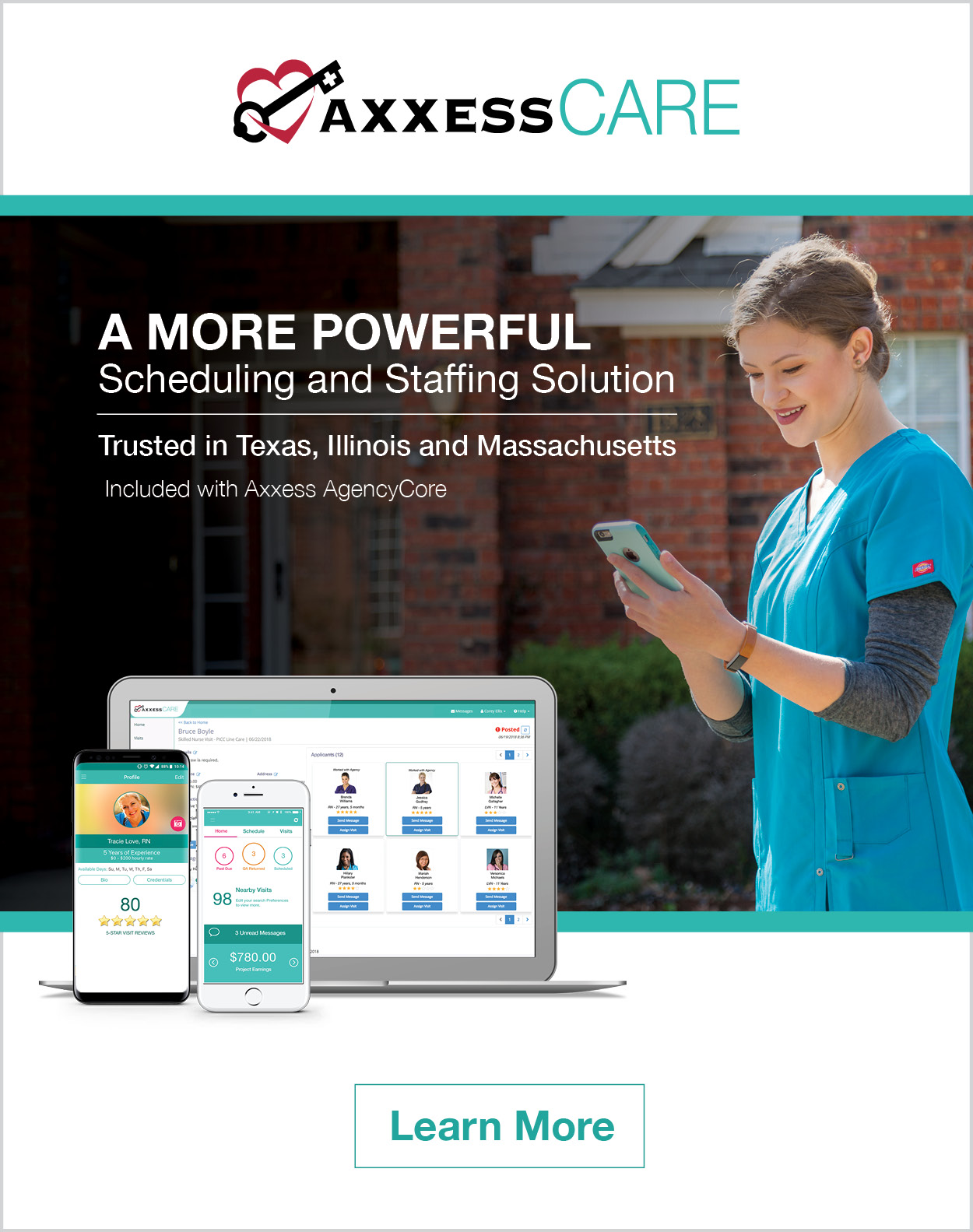Mornings have gotten busier for Violet Harwick of Little Falls, N.Y., since she was hospitalized for complications associated with congestive heart failure in July.
Before breakfast, the 68-year-old, who also has diabetes, pricks her finger to test her blood sugar, wraps a cuff around her arm to check blood pressure, puts another finger in a device called a pulse oximeter to measure oxygen saturation in her blood, and steps on a scale to check her weight.
The scale, oximeter and blood pressure cuff are attached to a telehealth machine that sends vital information through Harwick’s phone line to home health agency At Home Care in Oneonta, N.Y. Called telehomecare or home telehealth, it’s the latest offshoot of telemedicine, which has for decades been deployed in rural medical offices to link patients with specialists in distant locations.
Today, remote monitoring and even video consults are happening right at home, and patients everywhere with chronic medical conditions are taking advantage of them.
“If my blood pressure or sugar is up, or my weight is up” – an indicator of fluid buildup associated with congestive heart failure – “[home care nurses] call me right away,” Harwick says. The technology allows her to stay safely at home, despite continued health problems, including kidney failure.
A growing need for virtual care
According to the American Telemedicine Association, about 200,000 people nationwide receive treatment in their homes via mobile monitoring units – including telehealth units. Experts say an aging population, increasing prevalence of chronic diseases, the high cost of health care and technological advances are fueling growth.
Harry Wang, a health research analyst with Parks Associates in Dallas, projects the broader home health monitoring market – such as services and equipment to track if an individual has fallen or isn’t taking medications – will increase from $770 million in revenue in 2009 to $2.6 billion in 2014.
The use of telecommunications in health care has grown exponentially in recent years and has enhanced opportunities for patients, health care professionals and management of the health industry in general. Telehealth, a term that refers to the use of medical information exchanged via electronic communications, expands patient access to better health care and enhances providers’ roles and abilities to supply better care.
Telehealth and Telemedicine Defined
Among clinical care technology, telehealth includes electronic transmission of information that gives health care professionals improved working capabilities like continuing education, electronic medical records systems and research collaboration. The clinical side of telehealth is called telemedicine, defined by the American Telemedicine Organization as “the use of medical information exchanged from one site to another via electronic communications to improve patients’ health status.” Specific examples of telemedicine include video consultations, remote patient data monitoring, nursing call centers and searching for or saving personal health information online.
Benefits for Patients
The greatest benefits telemedicine provides for patients are in expanded access to primary care, specialists, education, research resources and technology. People in rural areas and homebound patients can communicate via telephone, email or video consultations with primary care doctors, nurses and specialists whose expertise would not be available to them otherwise. The Internet expands these capabilities even further, affording the patient population access to lab results online, the ability to research their symptoms and conditions from home, access to medical advocacy groups and the opportunity to benefit from websites and platforms designed to engage and educate consumers with health-related interests.
Benefits for Providers
Providers benefit from health care telecommunications as well, in their organization and management of information, and in electronic tools supporting clinical care. Electronic medical records allow for easier retrieval of patient information and are typically integrated into billing systems and scheduling. A health care professional can also access continuing education and attend seminars online, and contact specialists for disease information outside his area of expertise. He also has more control over the continued management of health intervention and knowledge of patient progress. In an interview with educators who served as telemedicine case managers for adults with diabetes, the nurses and dietitians calling these patients reported satisfaction with both the feasibility and effectiveness of telemedicine. Advantages specifically named were “more frequent contact with patients, greater relaxation and information due to the ability to interact with the patients in their own homes, increased ability to reach the underserved, more timely and accurate medical monitoring, and improved management of data.”
Empowerment and the e-Patient
This increased access to information and level of collaboration between patient and provider has brought about a more patient-driven health care system. Patients are taking more interest in their conditions and medicines, taking more responsibility for their health and engaging with online health-related communities and social networks. This change has given rise to the term “e-patient,” describing someone who actively seeks out health information and communication online. Advantages include emotional support and information sharing, access to physician Q&A forums, online records to capture progress and goals and access to clinical trial databases. A sense of empowerment is the common thread running through these patient portals that connect patients to providers and to each other.
Sources: Michael Schroeder, Ashley Gray
Read more: The Advantages of Telecommunication in Health Care




